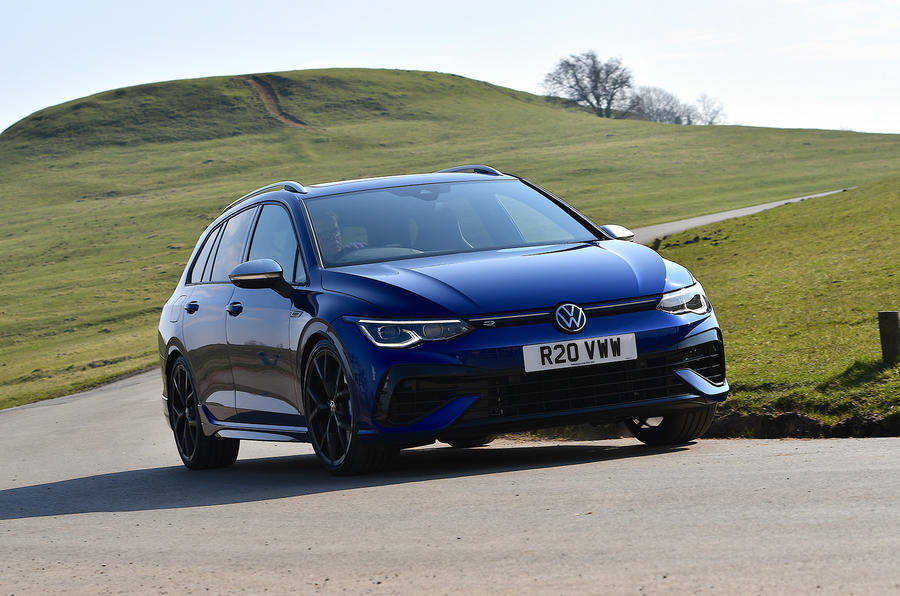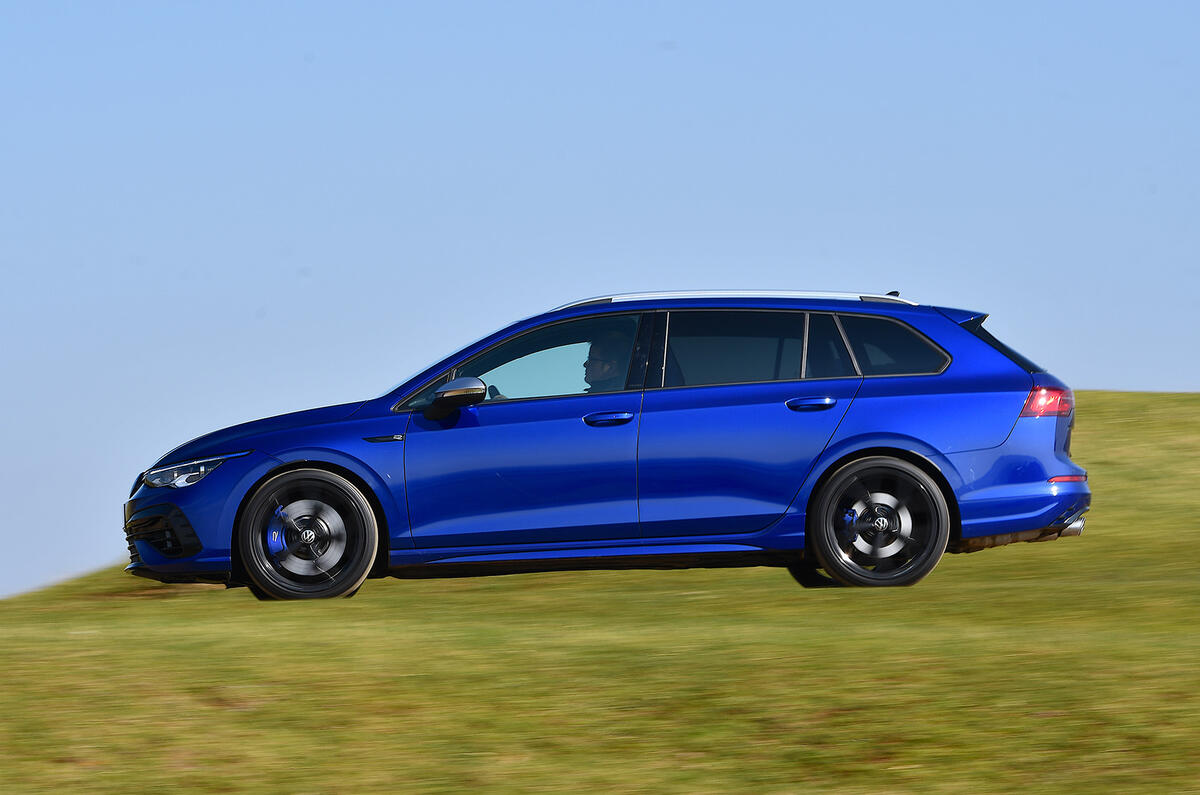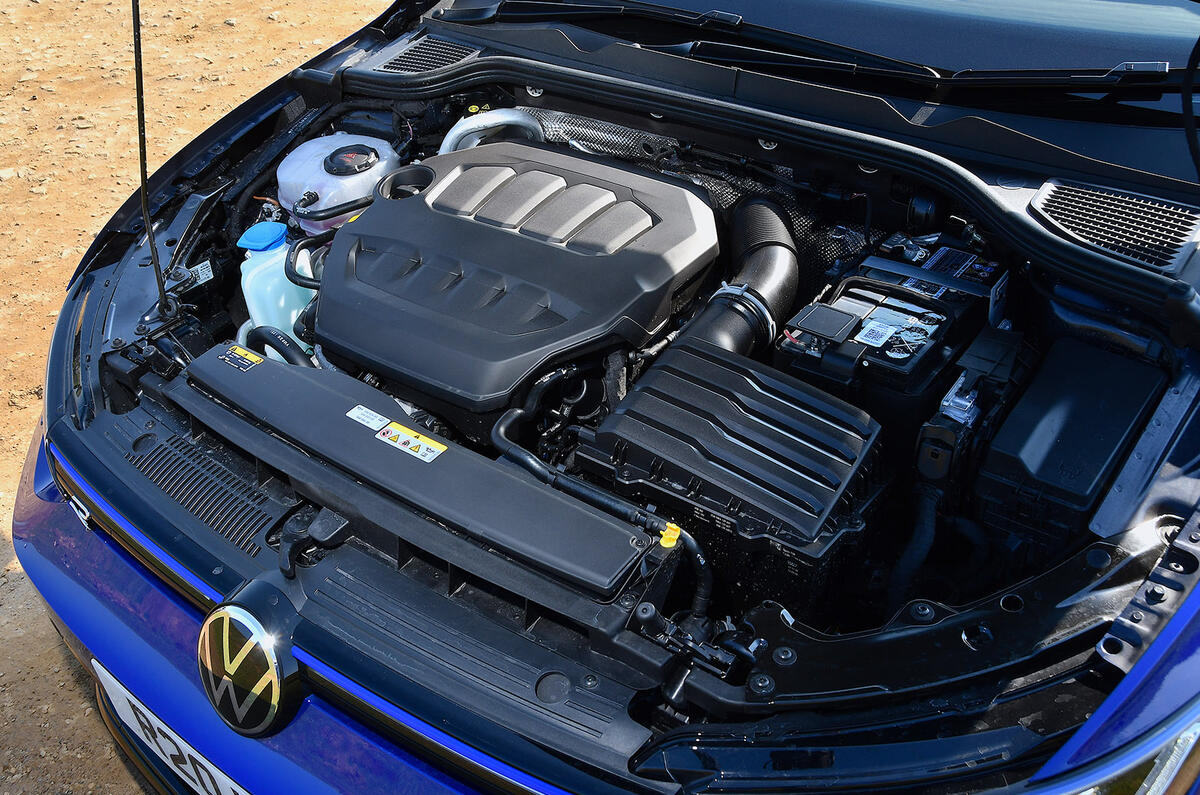What is it?
If the Volkswagen Golf R was a fictional character rather than a fast family car, it would have to be some kind of Marvel’s Avenger. It does everything. It’s fast. It’s fun. It handles. It’s adult-four-seater practical but doddle-to-park compact. It’s got four-wheel drive usability. And yet the Volkswagen is not so performance-focussed that you’d ever think twice about using it for daily driving.
It’s even desirable, though a little bit understated with it. Special both on the ear and the eye if you know where to look, but capable of avoiding unwanted attention when you would prefer.
Adding an estate derivative to the Golf R lineup therefore makes a lot of sense for VW, since it brings even more practicality and usability into the above equation without really detracting from any of the car’s other qualities. It’s something that VW did for the mk VI and VII Volkswagen Golf ranges, and has just done for the Volkswagen Golf mk VIII.









































Join the debate
Add your comment
"Adding an estate derivative to the Golf R lineup therefore makes a lot of sense for VW, since it brings even more practicality and usability into the above equation without really detracting from any of the car’s other qualities. It’s something that VW did for the mk VI and VII Golf ranges, and has just done for the Golf mk VIII."
I don't remember ever seeing a MK6 R estate. Probably because VW never made one.
The touchscreen interface is seemingly a complete nightmare to use in the hatch and is riddled with bugs. Much like the autocar website interface.
I'd take a MK7.5 310hp estate over this car every time.
Yes and once over£40k you pay the extra £335 each year which annoys me, fair enough if you spend £100k but just over £40k to £60k I would keep under this as have paid nearly £600 for years it is payback time.
Not exactly a style-setter, and pricey with it.
Mind you, decent estates are starting to get a little thin on the ground.
SUVs are no replacement, so I think perhaps the VW Arteon might be a better bet than this Golf.